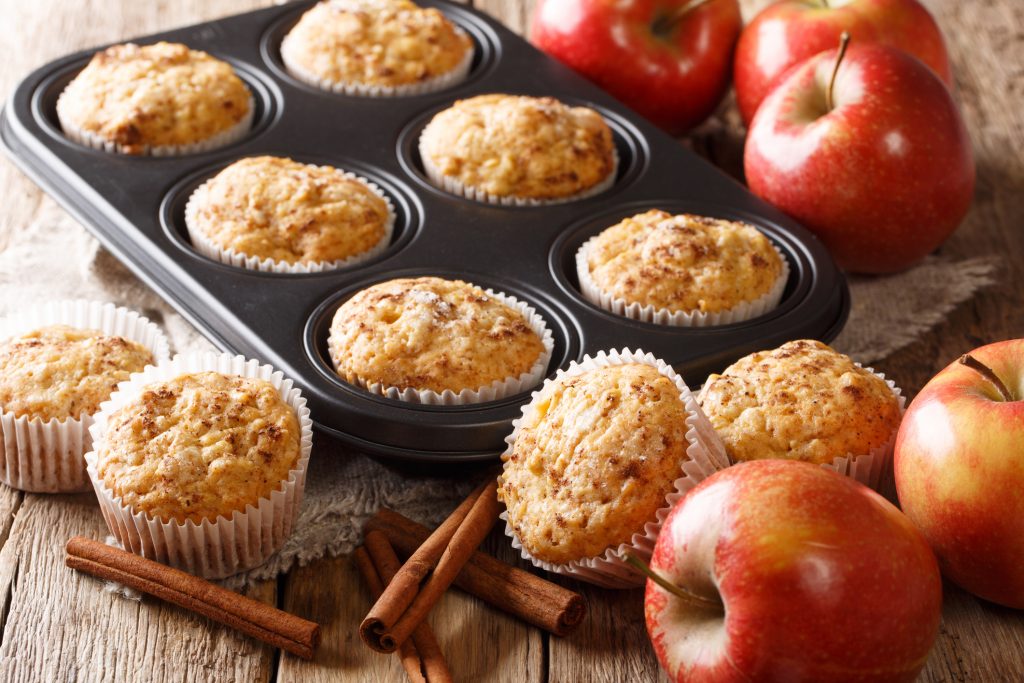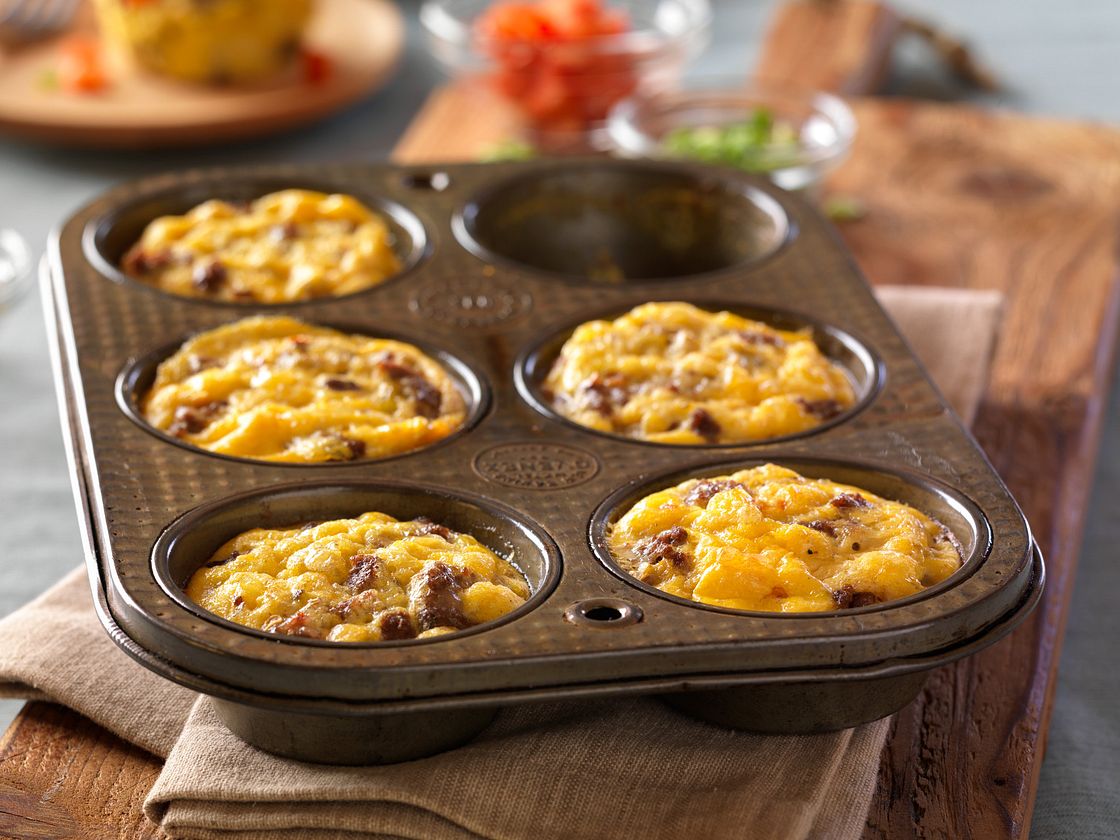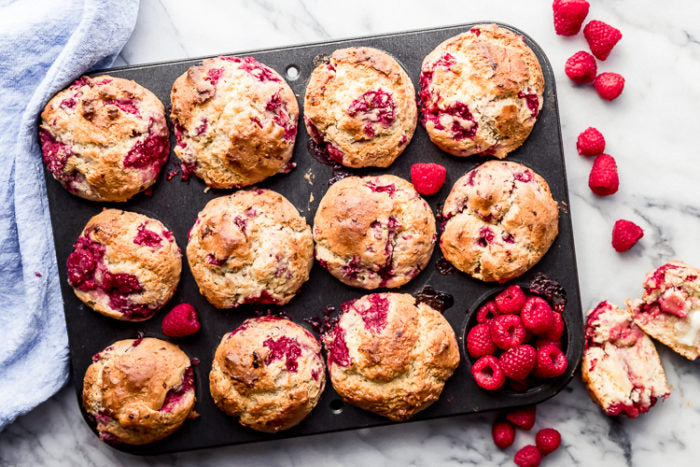For kitchen professionals, maintaining the quality and longevity of baking equipment is a top priority. One common issue that can arise is the appearance of rust spots inside muffin cups. These unsightly spots not only affect the aesthetics of your bakeware but can also impact the flavor and safety of your baked goods. In this article, we'll delve into the causes of rust formation in muffin cups and explore ways to prevent and manage it effectively.

Causes of Rust Spots in Muffin Cups
Rust is the result of the oxidation process that occurs when iron, water, and oxygen come into contact. While many muffin pans are made from materials like aluminum or non-stick coatings, some are crafted from cast iron or have iron components, making them susceptible to rust.
One primary cause of rust spots inside muffin cups is improper drying after washing. If water is left to sit on the surface of the muffin cups, it can initiate the rusting process. Additionally, using abrasive cleaning tools or harsh detergents can strip protective coatings, leaving the metal underneath exposed to moisture and air.
Impact of Rust on Baking
Although rust may seem like a minor inconvenience, it can have several negative effects on baking. Rust can flake off into your food, leading to an unpleasant texture and metallic taste. Moreover, consuming rust particles can pose health risks, especially if ingested in large amounts over time.
For kitchen professionals, maintaining a pristine and rust-free baking environment is essential to ensure top-quality results. Therefore, it's crucial to address rust spots promptly and take preventive measures to avoid their recurrence.
Preventing Rust in Muffin Cups
Proper Cleaning and Drying Techniques
One of the simplest ways to prevent rust is to ensure that muffin cups are thoroughly dried after each use. After washing, use a soft cloth to dry the cups completely, paying special attention to crevices and corners where water might linger. If possible, allow the muffin cups to air dry in a well-ventilated area.
When cleaning, avoid using abrasive scrubbers or harsh cleaning agents. Instead, opt for mild dish soap and a gentle sponge. This will help preserve any protective coatings and reduce the risk of exposing the metal to rust-inducing elements.
Seasoning Cast Iron Muffin Pans
If you're using cast iron muffin pans, seasoning them can provide an additional layer of protection against rust. Seasoning involves coating the surface with a thin layer of oil and baking it at a high temperature. This process creates a non-stick, rust-resistant layer that can enhance the durability of your bakeware. For more detailed instructions, check out this guide on re-seasoning vintage cast iron muffin pans.
Managing Existing Rust Spots
Removing Rust Safely
If rust spots have already formed, it's essential to remove them safely without damaging the muffin cups. Begin by scrubbing the rusted area gently with a paste made from baking soda and water. This mild abrasive can help lift rust without scratching the surface.
For more stubborn rust, consider using a rust remover specifically designed for kitchenware. Follow the instructions carefully and rinse the muffin cups thoroughly after application to ensure no chemical residue remains.
Re-seasoning and Maintenance
After removing rust, it's a good idea to re-season your muffin cups, especially if they're made from cast iron. This will restore the protective layer and help prevent future rust formation. Regular maintenance, including routine seasoning and proper storage, can significantly extend the lifespan of your muffin cups.
Choosing the Right Muffin Pans
When selecting muffin pans, consider materials that are less prone to rust, such as silicone or anodized aluminum. These options offer excellent non-stick properties and are easy to clean. Additionally, investing in high-quality pans can reduce the likelihood of rust and other issues.
For a comparison of different muffin pan materials, check out this article on modern vs traditional cast iron muffin pans.
Eco-Friendly Options
Eco-friendly bakeware is gaining popularity among kitchen professionals. These products often use sustainable materials and manufacturing processes, providing a rust-resistant and environmentally conscious alternative. Explore more about eco-friendly options in this article.
Conclusion
Rust spots inside muffin cups can be a nuisance for kitchen professionals, but with proper care and maintenance, they can be effectively managed and prevented. By understanding the causes of rust and implementing preventive measures, you can keep your muffin cups in top condition, ensuring safe and delicious baked goods every time.
For additional tips on maintaining your kitchenware, visit savory muffin pan recipes.

FAQs
How can I prevent rust on my muffin cups?
Ensure thorough drying after each wash and avoid abrasive cleaning tools. Consider seasoning cast iron muffin pans for added protection.
Is it safe to use muffin cups with rust spots?
It's best to remove rust spots before use to avoid contamination of food with rust particles.
What materials are best for rust-resistant muffin pans?
Silicone and anodized aluminum are excellent choices for rust-resistant bakeware.
This article contains affiliate links. We may earn a commission at no extra cost to you.






Leave a comment
This site is protected by hCaptcha and the hCaptcha Privacy Policy and Terms of Service apply.